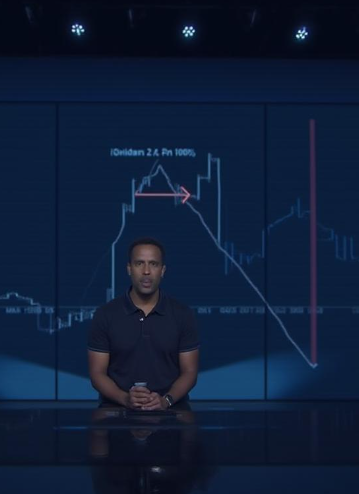As interest rates trend upward, bond investors face a mix of challenges and possibilities. For those managing substantial wealth, rising rates can negatively impact portfolio values, particularly through declining bond prices. Yet this same environment also presents opportunities—if approached strategically. Understanding how to respond to shifting monetary policy is crucial for maintaining income and preserving capital.
Here are five strategies that can help high-net-worth individuals adapt their bond investments during periods of rising interest rates:
1. Use Shorter-Term Bonds to Limit Risk
When interest rates climb, bonds with longer maturities are more exposed to price declines. To limit this sensitivity, investors may shift toward shorter-term bonds—those maturing within one to five years. These instruments are less affected by rate movements, offering a more stable value while still providing steady income.
Adopting a shorter duration strategy also enhances flexibility. As shorter bonds mature, capital becomes available for reinvestment at potentially higher yields. This incremental reinvestment process allows portfolios to evolve along with interest rate changes without needing to time the market perfectly.
2. Build a Bond Ladder
Creating a bond ladder involves purchasing a series of bonds with staggered maturity dates. As each bond matures, the proceeds can be reinvested into new bonds at prevailing interest rates. This method helps spread exposure over time and mitigates the risk of locking all investments into one particular rate environment.
A ladder not only balances income flow and reinvestment flexibility but also allows for structured liquidity. It’s especially useful during uncertain economic periods, as it reduces the pressure to make large-scale portfolio shifts based on market speculation.
3. Look Into Premium Bonds with Call Features
Investors seeking additional yield may want to consider premium bonds that offer higher-than-average interest payments and short-term call provisions. These so-called “kicker bonds” provide attractive income while offering favorable trade-offs depending on rate movements.
If rates rise, the bond is less likely to be called, meaning you’ll continue to earn above-market interest. If rates fall and the bond is redeemed early, you’ve still benefited from elevated yields for a period. This dual outcome structure is especially appealing in times of rate uncertainty, offering a tactical edge without committing to long-term duration.
4. Utilize Floating-Rate Bonds
One way to stay ahead of rising rates is to include floating-rate instruments in your portfolio. Unlike traditional bonds, these securities have interest payments that adjust periodically in line with benchmark rate changes. This feature provides a built-in defense against the erosion of purchasing power during tightening cycles.
While floating-rate options can improve income stability, it’s essential to evaluate their credit quality. Many of these bonds are issued by companies with lower credit ratings, which introduces different types of risk. Still, for diversified portfolios, a calculated allocation to floaters can improve adaptability and reduce rate-driven losses.
5. Consider Flexible, Actively Managed Bond Funds
Some investors may benefit from funds that don’t adhere strictly to a fixed benchmark. Unconstrained bond funds allow skilled managers to shift allocations in response to evolving conditions—moving between sectors, geographies, and durations as needed.
This active approach can help reduce exposure to rate-sensitive assets while uncovering value in overlooked or mispriced areas of the bond market. However, because performance depends heavily on the fund manager’s skill, it’s important to review the fund’s track record and understand associated fees.
Final Thoughts
As economic conditions change, maintaining a disciplined yet responsive bond strategy is essential for protecting long-term wealth. Rising interest rates don’t necessarily mean bond investments should be avoided—instead, they call for recalibration. By adopting shorter durations, staggering maturities, exploring alternative structures, and utilizing flexible strategies, investors can navigate shifting conditions with greater confidence.



